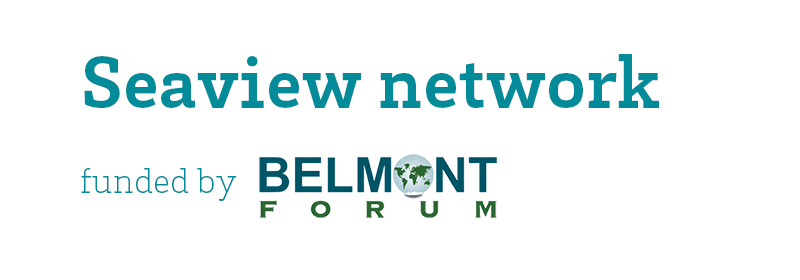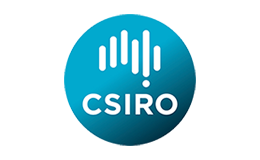The Net Present Value scenario: high total net present value but not economically viable
The net present value scenario is a conventional economic strategy where a central planner aims at maximizing the expected sum of discounted profits (r = 4 %) at the scale of the entire fishery. There is no guarantee that the profit of each sub-fleet will be positive due to the absence of constraints on these profits. The net present value is calculated as the aggregated value of discounted profits over all the sub-fleets.

This strategy turns out to be ecologically viable with a strong population viability probability (100%). Significant improvements in the status of stocks occur in the long run especially for Nephrops and Sole
However, even though the global net present value of the fishery as a whole is higher than with other management strategies , the NPV strategy is not economically viable for some sub-fleets leading to a collapse of the economic viability probability under both fuel scenarios , and resulting from the fact that the strategy requires these sub-fleets to become inactive (uf = 0)
This result, based on the structure of interactions and economic and technical parameter values used in these simulations, seems to indicate that these sub-fleets are relatively less efficient than other sub-fleets in the model; hence their contribution to catches and landings under a NPV strategy would be reduced to zero.
The lack of viable outcomes under such a NPV strategy is due to intra-fleet heterogeneity, in terms of technical efficiency, costs and prices.










